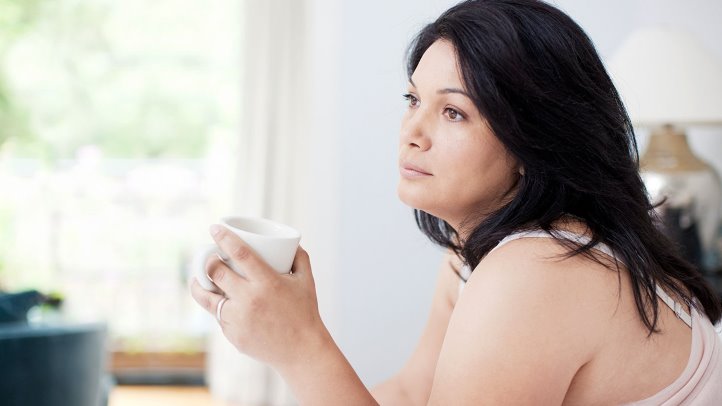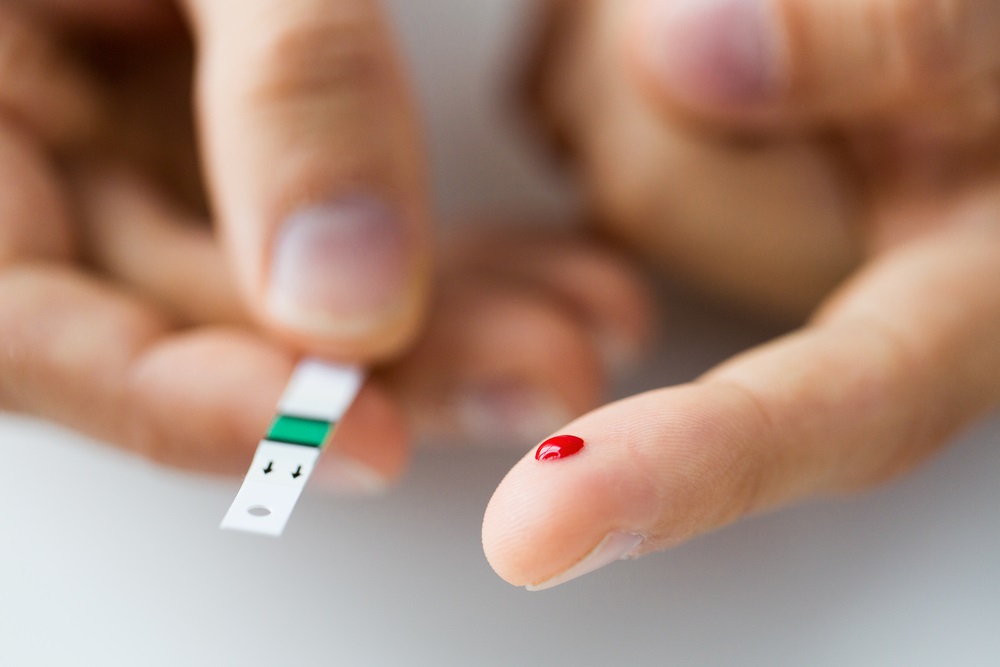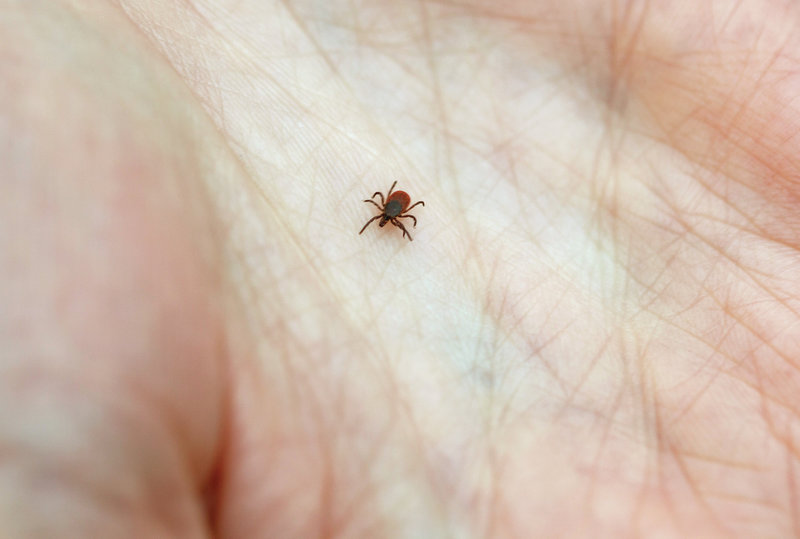Early Signs and Symptoms of Diabetes Every Woman Should Know
Statistic data of the Centers for Disease Control and Prevention show that 9.4% of the US population suffer from diabetes. Just imagine that more than 30 million Americans have problems with glucose conversion. By the way, 23.8% of them don’t even know that they have abnormal blood sugar levels.
Insulin is a hormone, produced by special cells in your pancreas. It helps your body turn foods you eat into glucose and use it as source of energy. Type 1 diabetes is an autoimmune disorder. It means that your immune system mistakenly perceives your own pancreatic cells as foreign agents and begins to destroy them. As a result, your body loses ability to synthesize sufficient amount of insulin. This type of disease is commonly diagnosed in children and young adults. Type 2 diabetes was recognized to be the most widespread type of this disorder. It occurs, if the cells in your body become resistant to insulin (which is actually produced in appropriate amount). Consequently your pancreas tries to compensate this error and begins to create more and more insulin. When pancreatic cells get exhausted and can’t cope with body’s requirements of insulin, your blood sugar levels become extremely elevated.
Exact causes of both types of diabetes are still unclear. Experts say that genetic predisposition plays a key role, especially in type 1 diabetes. In addition to this, certain potentially changeable factors like smoking, excessive weight, lack of physical activity, unmanaged high blood pressure can dramatically boost your risks of this disorder.
How can you feel that something goes wrong in your glucose-insulin relations? Check up these early signs and symptoms of diabetes:
#1. Unusual hunger and tiredness – as cells in your body get insensitive to insulin, they can’t attain enough of glucose. No energy fuel – no power. That’s why type 2 diabetes sufferers often experience tremendous hunger and extreme fatigue.
#2. Increased thirst and urination – if having high blood sugar levels, you may need to urinate more often, especially at night. Urologist say that going nine times or more in 24 hours can be recognized as frequent urination. People with diabetes usually complain of being thirsty all the time because of changes in water balance.
#3. Unintentional weight loss – when body’s cells don’t get enough of energy from glucose through insulin abnormalities, they begin to take it from fat and muscles, causing significant weight loss.
#4. Blurred vision – hyperglycemia can make fluid to leak into the lens of your eye, leading to swelling and difficulties with focusing.
#5. Dark spots – brown, thick patches, which frequently appear in the skin folds, is medically called acanthosis nigricans. In the majority of cases it affects people with excessive weight and obesity. Besides diabetes, acanthosis nigricans may be also caused by acromegaly and Cushing’s syndrome.
#6. Non-healing sores – it was found that blood circulation in people with diabetes is considerably impaired. That’s why sores and lesions don’t heal up for a long time.
#7. Yeast infection – women with increased blood sugar levels are more likely to experience vaginal thrush, which manifests in itching, «cottage cheese» discharge, soreness and painful sensations during intercourse.
Source: BetterMeTips
“Early signs and symptoms of diabetes every woman should Know” by:Lisa Lalontseva


